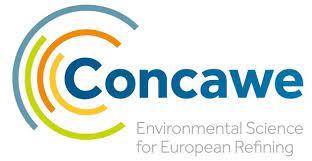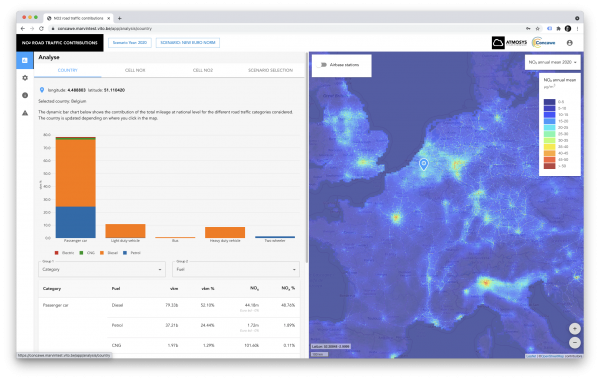The European Petroleum Refiners Association (CONCAWE) carries out research on environmental issues relevant to the oil industry and informs its members (leading oil and gas companies) on its findings. One of its key research areas focusses on road vehicle emissions and fuel quality. It’s members are keen to understand how different vehicles and fuel types contribute to NOx emissions across Europe and learn the effectiveness of measures to curb transport emissions such the implementation of Low Emission Zones (LEZs). In which older, higher polluting vehicles are restricted from entering certain areas.
CONCAWE approached VITO in 2017 to develop an EU-wide interactive source apportionment tool for their members that would allow them view the contribution of the NOx emissions from various vehicle categories and fuel types on the NO2 levels everywhere in Europe. VITO was in a unique position to offer this service as the MAP team had just developed QUARK (Quick Urban AiR quality using Kernels) which allows fast modelling of NO2 levels across all of Europe down to street level. The resulting web application contains baseline data for 2014 and 2015 and future years, 2020, 2025 and 2030.
In 2021, CONCAWE requested an extensive update to provide further insights for their members. The application is being extended with a LEZ scenario analysis tab to assess the effect of a pre-defined LEZ in 900+ ‘cities’ in Europe. The tool will also allow CONCAWE’s members to assess how extreme COVID-19 lockdown measures at the start of the pandemic, resulting in a dramatic decrease of traffic, impacted the NO2.




